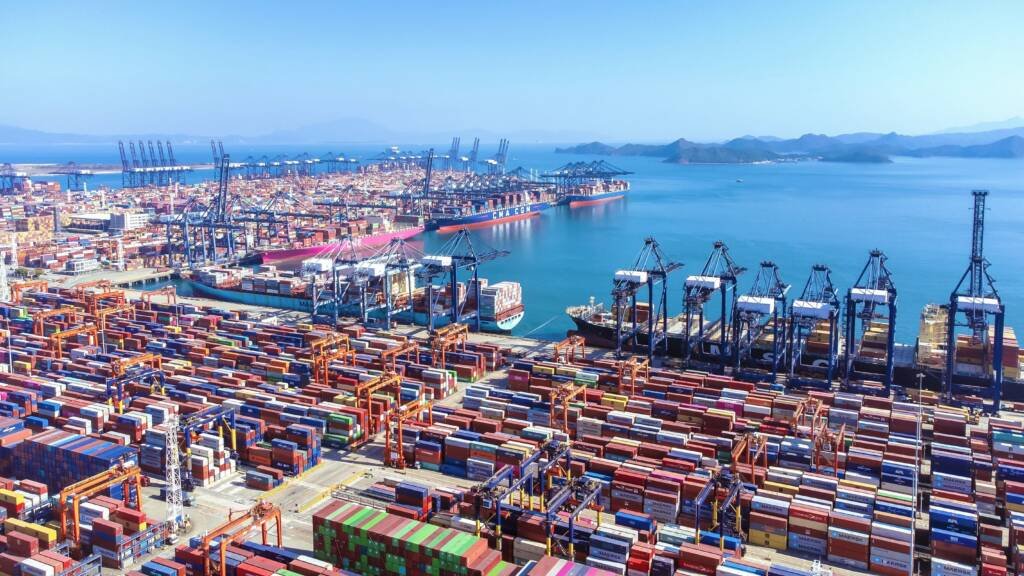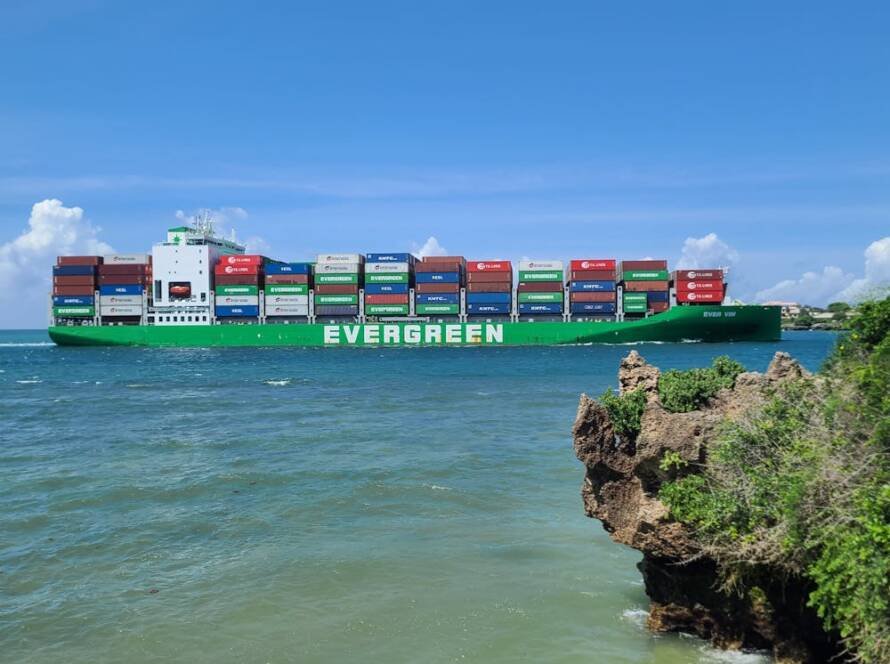QShipping freight in containers offers numerous advantages that have revolutionized the global logistics and supply chain industry. Here are the key benefits:
1.Standardization
Containers come in standardized sizes (e.g., 20-foot, 40-foot), making them compatible with various modes of transport—ships, trucks, and trains—without the need for repacking. This standardization streamlines loading, unloading, and transfer processes.
2. Efficiency and Speed
Containers can be quickly loaded and unloaded using cranes and other specialized equipment, significantly reducing turnaround times at ports and terminals.Intermodal transportation (using multiple transport modes) is seamless, improving overall supply chain speed.
3.Cost Efficiency
Bulk shipping in containers reduces per-unit transportation costs.
Minimized handling reduces labor costs and the risk of damage, leading to lower insurance premiums.


4.Protection of Goods
Containers provide a secure and weather-resistant environment, protecting cargo from moisture, dust, and temperature fluctuations (especially when using refrigerated or insulated containers). Reduced handling means less risk of damage to goods.
Door To Door Shipping Cargo Solutions From China To Anywhere In The World
5.Security
Containers are sealed, which helps prevent theft and tampering during transit.
Many containers are tracked via GPS and other technologies, enhancing visibility and security.
6.Scalability
Containers can accommodate a wide range of cargo volumes, from small packages to large machinery, making them suitable for businesses of all sizes. Easy to scale up or down based on shipping needs.
7.Global Trade Facilitation
The widespread adoption of containerization has made international trade more accessible and efficient.
Ports and logistics networks worldwide are designed around container handling, simplifying cross-border shipments.

8.Environmental Benefits
Efficient use of space on ships and other transport modes reduces fuel consumption and emissions per ton of cargo shipped.Consolidating goods into fewer containers lowers the number of trips required.
9.Reduced Labor Requirements
Containerization minimizes the need for manual loading and unloading, reducing labor costs and increasing safety by limiting worker exposure to heavy lifting and hazardous conditions.
10.Inventory Management and Supply Chain Visibility
Containers can be tracked in real-time, improving inventory management and allowing businesses to better plan their supply chains.Predictable transit times enhance supply chain reliability.In summary, containerized shipping enhances efficiency, security, cost-effectiveness, and global connectivity, making it the backbone of modern international trade.



